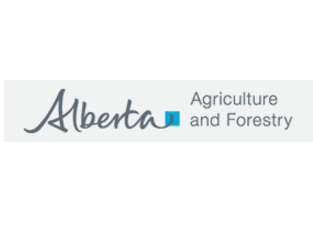Source: Ontario Ministry of Agriculture, Food and Rural Affairs
The 2019 growing season presented challenges in many parts of the province. Delayed planting and variation in maturity at harvest resulted in variability in the grade of the corn crop in...
Source: Beef Cattle Research Council, www.BeefResearch.ca
Vaccination is a proven tool for disease prevention. Vaccination recommendations vary by region and by farm as the environment, production, and management practices can increase or decrease the amount of risk cattle are exposed to....
Source: Animal Nutrition Conference of Canada
New research exploring the links between animal nutrition and health is offering promise and generating much excitement in helping solve some of today’s greatest livestock production challenges. Participants from across the feed industry will...
Source: Manitoba Agriculture, Food and Rural Initiatives
Long, cold winters are common here in Manitoba and can leave a dent in a cattle producers’ feed inventories. When cattle producers face low feed supplies, different options for wintering cows need to be...
Source: Alberta Agriculture and Forestry
Ways to lessen the stress created by the latest cold snap on livestock.
Barry Yaremcio, beef and forage specialist at the Alberta Ag-Info Centre, says to start by adjusting rations to meet requirements, as there is...
Source: National Farm Animal Care Council, Code of Practice for the care and handling of Beef Cattle – Appendix A
Body condition scoring (BCS) is a hands-on method of assessing the amount of fat cover on an animal, and is an...
Source: Manitoba Agriculture, Food and Rural Initiatives
When hay supplies are low, differing options for wintering the cow herd have to be considered. Straw can be used extensively as winter feed if energy, protein, mineral and vitamin requirements are met. Straw...
Source: Ontario Ministry of Agriculture, Food and Rural Affairs
Cattle on pasture... picture it... warm temperatures, contented cows grazing lush green forage... and lots less work than feeding during the winter! Wouldn't it be nice if our cows could graze...
Source: Beef Cattle Research Council
Editors note: This article is the third in a series featuring ideas from beef producers across the country. See the first: Eight beef producers share their recent changes and second: Five Producers Share Ideas That Have Made...
Source: Alberta Agriculture and Forestry
What to consider when choosing combinations of feeds and supplements that provide a balanced ration this winter.
Barry Yaremcio, beef and forage specialist at the Alberta Ag-Info Centre, says there are many questions to answer when...








